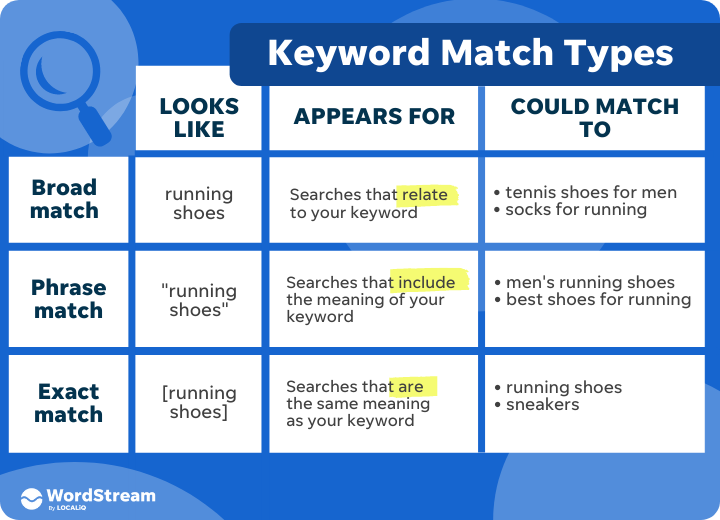We’ve previously discussed the importance of SEO keyword research and its role in guiding your organic strategy. But today, I’d like to focus on keywords in the SEM (Search Engine Marketing) space. While the core idea remains similar—identifying the words you want to rank for—SEM operates differently. Here, you pay for visibility, with costs incurred each time someone clicks on your ad for a targeted search term. It’s the ultimate "pay-to-play" environment.
Choosing the right keywords is crucial to reaching and engaging your ideal audience effectively. By bidding strategically, you can attract high-quality traffic to your website, maximizing the return on your advertising spend. That’s why thorough keyword research should never be overlooked during the SEM campaign setup process.
Understanding Keyword Cost
One of the most common questions clients ask when launching a search campaign is, “How much traffic can I get for X dollars?” While tools like SEMrush and Google Keyword Planner provide national averages for keyword costs, these estimates may not fully reflect the nuances of your specific campaign or market.
When determining your SEM budget, several factors come into play, including:
Industry
Costs can vary significantly depending on the niche you're targeting. For example, you might pay $2.50 per click for a keyword related to “bicycles”, whereas keywords related to "financial advisors" could cost upwards of $30 per click.
Competition
Like any auction, greater competition for specific keywords drives up costs. The more businesses bid for the same keywords, the higher the price you can expect to pay.
Keyword Intent
Keywords with strong commercial intent, such as "buy financial planner services," tend to have higher costs compared to informational keywords like "how does a financial advisor work." This is because high-intent keywords are more likely to lead to conversions, making them more valuable.
Seasonality
Demand for certain keywords fluctuates throughout the year, depending on seasonal trends. For instance, tax preparation keywords spike in cost leading up to tax season, while holiday-related terms see surges in November and December.
While tools like Google Keyword Planner and SEMrush can provide useful cost projections, the most reliable way to gauge spend is through real performance data. After selecting the relevant keywords for your campaign, analyzing actual performance metrics will give you a clearer understanding of key factors such as cost per click (CPC) and the level of competition for each keyword.
Fine-Tune Keyword Reach with Match Types
Once you’ve selected the keywords you want to bid on, there’s another important decision to make: What Match Type should you choose? Match types determine the scope of search queries that can trigger your ads. You have three options:
Broad Match:
- Ads can appear on searches related to your keyword.
- Advantages: Wide targeting and lower cost.
- Consideration: May result in less precise traffic.
Phrase Match:
- Ads can show on searches that include the meaning of your keyword within the query.
- Advantages: Offers more control over relevance.
- Consideration: Mid-range cost and moderate reach.
Exact Match:
- Ads appear only on searches that match the exact meaning or intent of your keyword.
- Advantages: Provides the most control and precise targeting.
- Consideration: Higher cost with a narrower audience.
Match Type examples from WordStream
The match type combination you choose will depend on your campaign objectives and target audience. Are you looking to use broad match keywords to connect with a wide range of searches and cast a broader net? Or would you prefer to have your ads trigger only for specific search queries with exact match keywords?
By aligning your match type strategy with your goals—whether it’s maximizing reach or prioritizing precision—you can ensure your campaign delivers the desired results.
Ensuring Your Keywords Reach the Right Users
Your keywords are selected, your ads are live, and people are visiting your website. But how can you determine if the keywords you’ve chosen are attracting the right audience?
Here are some key indicators you can evaluate:
Search Queries
Are the actual search terms users input to trigger your ads relevant to your business? Or are they outside your intended scope?
Website Interactions
Are users browsing multiple pages, reading content, and engaging meaningfully when landing on your site? Or are they bouncing and leaving the page?
Key Events
Are your keywords leading to valuable actions, such as purchases, contact form submissions, or other conversions?
In any of these scenarios, consider using negative keywords to block unrelated searches or irrelevant traffic. Negative keywords help ensure your ads aren’t triggered by terms that don’t align with your business goals.
Alternatively, if a keyword is underperforming, you could pause it bid on a different variation of that keyword that might yield better results.
Keep Your Keywords in Check
As the saying goes, "Past performance is not indicative of future results." Just because a keyword has delivered strong results in the past doesn’t guarantee it will continue to perform the same way in the future. As competition evolves and user search intent shifts, the performance of your keywords can fluctuate. To stay ahead, you must be prepared to adapt to the dynamic nature of SEM, adjusting your strategy to the ever-changing landscape of search behavior and market conditions.





